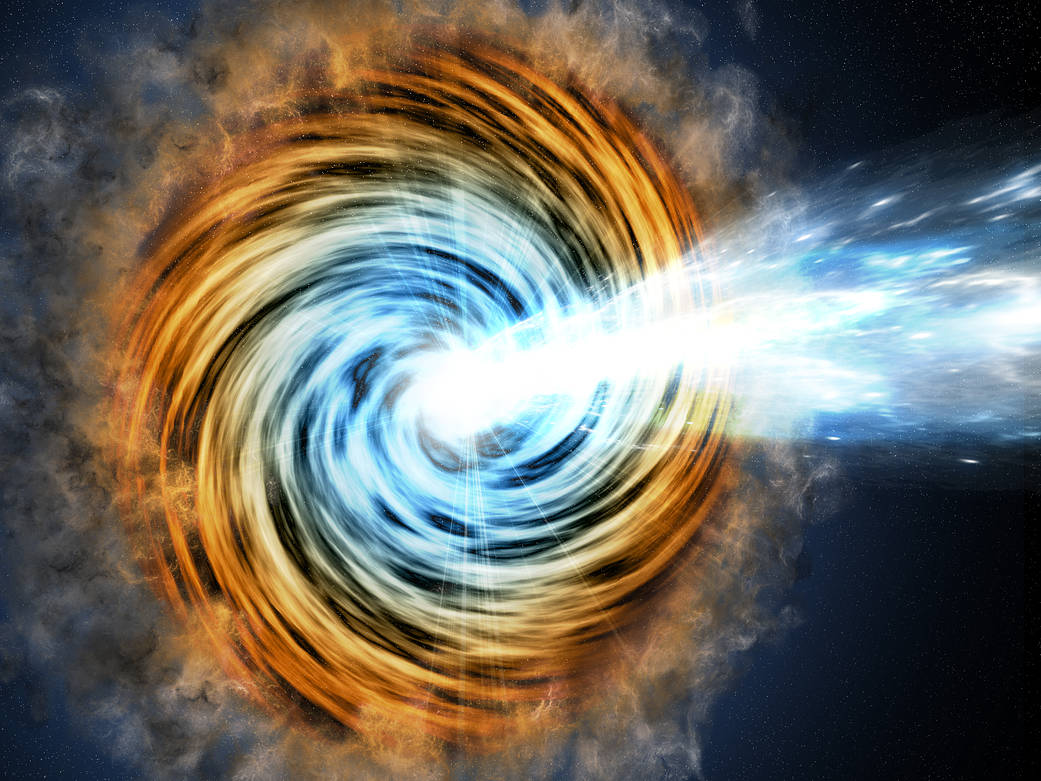Omer San
Oklahoma State University
Space travel to planets and moons with a sensible atmosphere requires an atmospheric entry vehicle to deliver payloads safely from orbit to the surface. The entry vehicle generally has a blunt forebody to withstand heating during the high-speed entry phase. However, blunt-body vehicles become dynamically unstable once they slow down to supersonic and transonic speeds. The instabilities cause the angle-of-attack to oscillate, gain amplitude in time and diverge to a point where the vehicle tumbles, resulting in a catastrophic event. The physical mechanisms leading to the dynamic stability and its characteristics remain challenging after decades of meticulous work due to massive flow separation, complex wake flow, and unsteady pressure field of dramatically changing flight and flow conditions of the descending and decelerating vehicle. This proposed research aims to develop hybrid physics-data modeling approaches for space exploration. We focus on innovating a holistic physics-guided machine learning framework for characterizing the dynamic stability and performance of reentry vehicle systems. Our framework is, therefore, motivated to provide a trustworthy learning platform with enhanced model fusion, feature engineering, and symbolic regression capabilities. We will explore the feasibility of new learning approaches to elucidate new physical insights in describing vehicle stability and identify how to utilize multimodal resources extracted from experiments and high-fidelity simulations effectively.





























